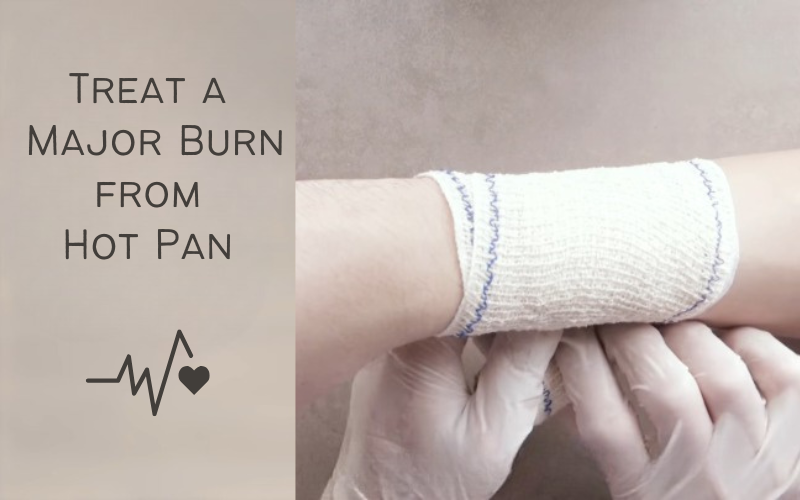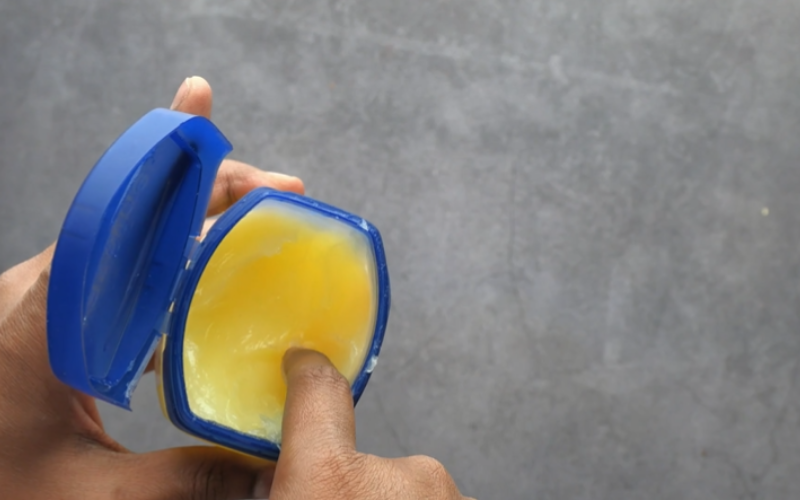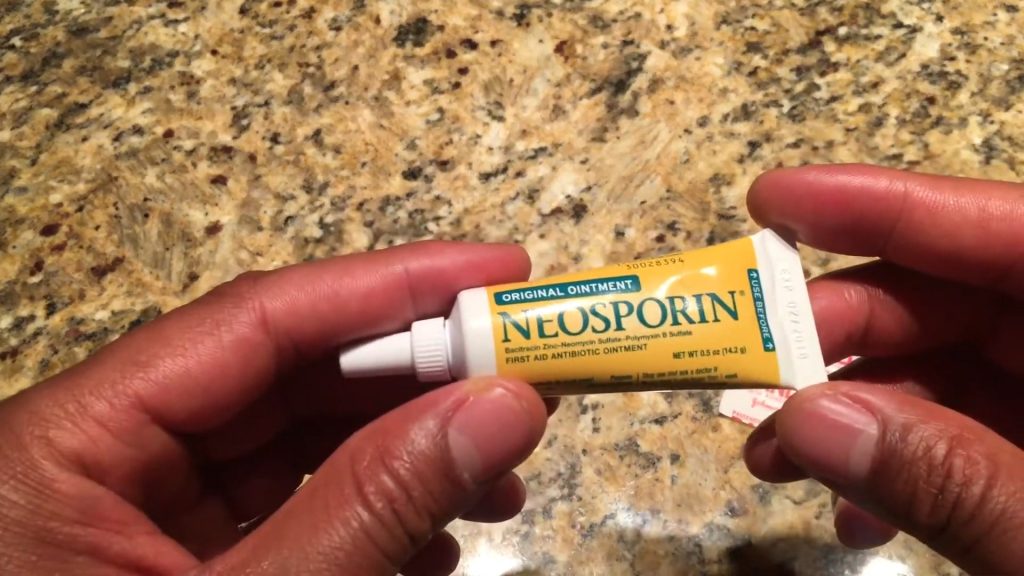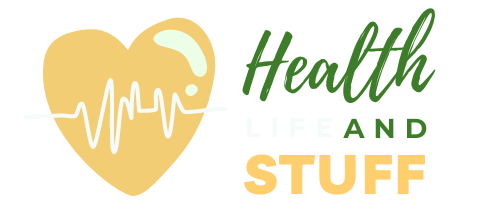What is a burn and how does it happen?
A burn is a type of injury that occurs when the skin comes in contact with something hot, such as boiling water, hot oil, or fire. Burns are classified by degrees.
- A first degree burn is a redness of the skin that is not painful.
- A second degree burn has blisters and is more painful.
- A third degree burn has no blisters but the skin or inner tissue has been burned away.
The most common cause of burns in the United States is from scalding liquids and the most common cause of scald burns in the world is hot water.
Types:
- First degree burns are redness of the skin that does not pain.
- Second degree burns have blisters and some pain.
- Third degree burns have no blisters and outer tissue has been burned away leaving a raw, red, and tender area of skin.
Symptoms:
Burns cause pain and swelling, which usually starts within minutes to hours after the injury. Burns can also cause fever, low blood pressure (hypotension), inability to breathe deeply, choking or gasping for breath, and nausea.
- In first degree burns there might be some redness but no blisters or peeling skin .
- In second degree burns, the skin is red and blisters might form. At this point, the burn is painful and starts to peel.
- In third degree burns, there is no redness, no blisters, and outer tissue has been burned away leaving a raw, red, and tender area of skin.
Treatment:
First degree burns usually just require washing with cool water or soaking.
What are the Different Types of Burns?
Burns can be classified as first degree burns, second degree burns, or third degree burns.
- First-degree burns are the least serious and involve only the outer layer of skin. They usually heal on their own in a few days.
- Second-degree burns affect the outer layer of skin and the next layer below that. They take about a week to heal and may cause scarring.
- Third-degree burns go through all three layers of skin and may involve muscles, nerves, and other
How to Treat a Minor Burn from a Hot Pan

“The most important thing to remember when treating a minor burn is to cool the burn as soon as possible. When the skin is exposed to heat, the underlying tissue may swell, blister or become dry and leathery. To help prevent these symptoms, run cold water over the burn for 10 minutes.”
The most important thing to remember when treating a minor burn is to cool the burn as soon as possible. When the skin is exposed to heat, the underlying tissue may swell, blister or become dry and leathery. To help prevent these symptoms, run cold water over the burn for 10 minutes.
How to Treat a Major Burn from a Hot Pan

Minor burns can be treated by using ice to soothe the pain and by taking an over-the-counter pain reliever like acetaminophen or ibuprofen. For minor burns, it is important to remain calm and not to put any dressing on the burn.
If a major burn is sustained, however, it is important to seek medical treatment as soon as possible. The burnt area should be immersed in cold water
Should you cover a burn or let it breathe?
When a person is burnt at home they should do the following:
- Wash the burn with cool water for 5 to 10 minutes.
- Apply a cold compress to the area.
- Place a pad of sterile gauze over the area.
- If the burn is on their hand, wrap it in sterile gauze.
If the person does not have access to cold water, then they should cover the area with sterile gauze. No, further treatment is necessary.
When a child is burnt at home they should do the following:
- Wash the burn with cool water for 5 to 10 minutes.
- Apply a cold compress to the area.
- If there are any blisters, then take off the gauze and soak it in hot water for 20 seconds and reattach it
If the person is not able to remove the gauze, then they should soak it in cold water for 20 seconds and reattach it. No, further treatment is necessary.
Is Vaseline good for burns?

Vaseline is not an appropriate treatment for burns. Vaseline does not cool the burn, does not eliminate pain, does not prevent infection, and does not protect the skin from more damage.
Can you put Neosporin on a burn?

Yes, it is recommended to put Neosporin on a burn.
A burn is a type of injury that occurs when skin touches something hot enough to cause damage. Burns are the most common type of injury among children under five years old and occur in more than 1 million people annually in the United States.
It is important to put Neosporin on a burn as soon as possible to prevent infection as it has properties that can help with healing and prevent bacteria from causing an
When does a burn need medical attention?
If a burn is larger than the person’s hand, the person should seek medical attention.
Burns are among the most common injuries. They can be caused by a number of different things including fire, hot liquids, chemicals, or electricity. If a person has a burn larger than their hand, they should seek medical attention.
Conclusion: The Importance of Proper Burn Treatment After Accidental Exposure
The most important thing to do after a burn is to get to a doctor, hospital, or burn clinic for proper treatment. It is essential that an individual does not use anything at home to treat the burn.
When a person suffers a burn, it is essential to get to the hospital or clinic. Do not try using anything at home to treat the burn. Doing so could result in further injury and possible infections.
